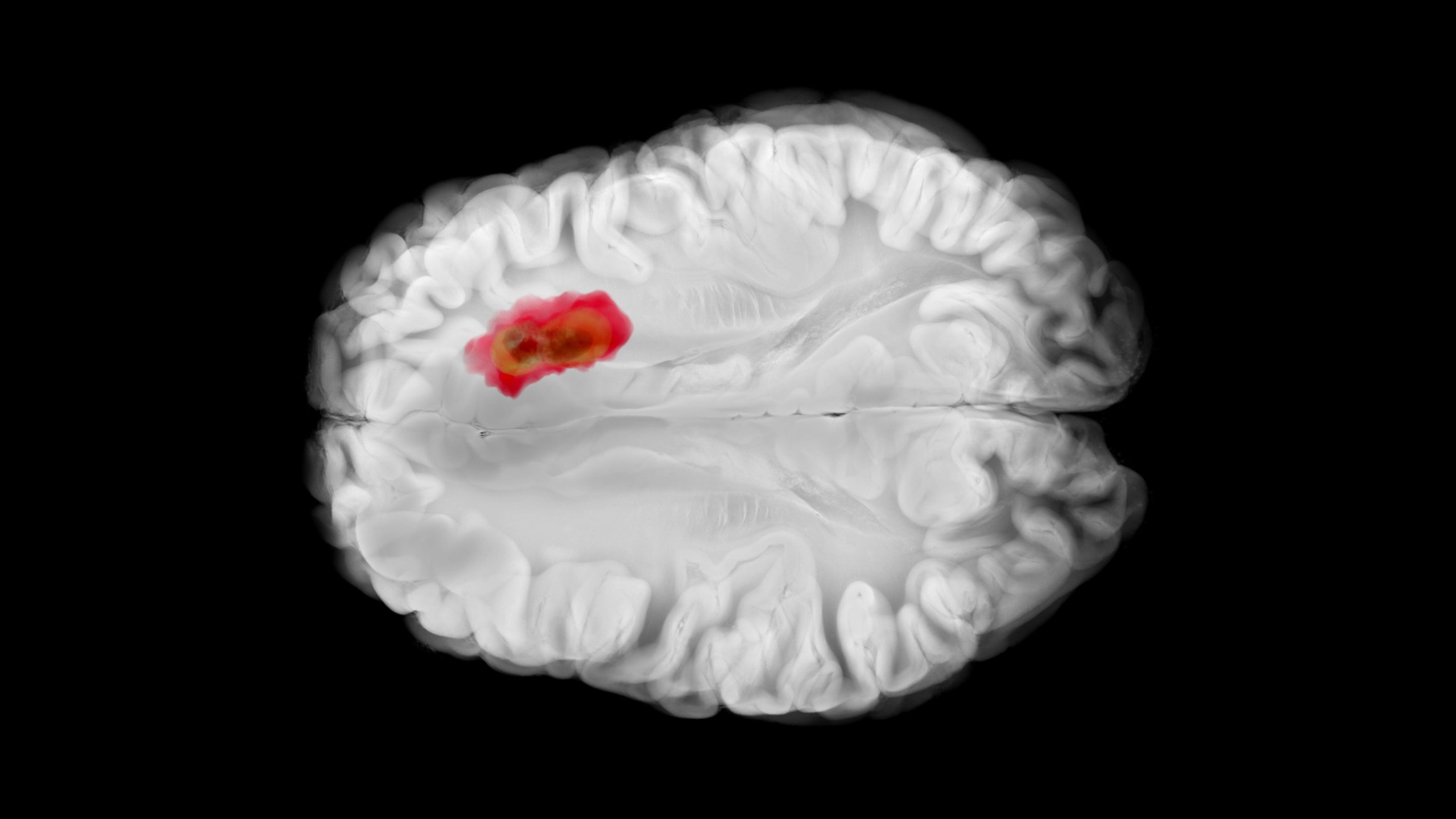Rheumatism is not a defined disease, but rather a symptom, and means nothing more than pain and functional limitation in the musculoskeletal system. The causes of rheumatism are manifold. At least five to six categories of causes are involved, with degenerative diseases of the spine and joints and soft tissue rheumatic diseases being far more prominent in terms of numbers.
As the definition says, it is a matter of functional limitations and pain, the root causes of which are often – especially in later stages of the disease – detached from the underlying disease and unfortunately can often only be treated symptomatically.
In recent years, many new pain management methods have emerged. In addition to drug approaches, interventional treatments such as spinal targeted and controlled infiltrations with corticosteroids, opiates, and various local anesthetics performed under imaging are increasingly being used.
In addition, in the last ten to 15 years, the new biologicals in the treatment of inflammatory rheumatic systemic diseases have emerged as important and efficient treatment methods. Unfortunately, such a drug breakthrough in osteoarthritis therapy is not yet in sight. For symptomatic pain therapy, we also have the entire spectrum of physical-therapeutic and alternative treatment methods at our disposal.
The following two articles are intended to provide an overview of the classification of causes of pain in rheumatology as well as their treatment strategies in the increasingly broad range of therapeutic options and to help structure their areas of application.












